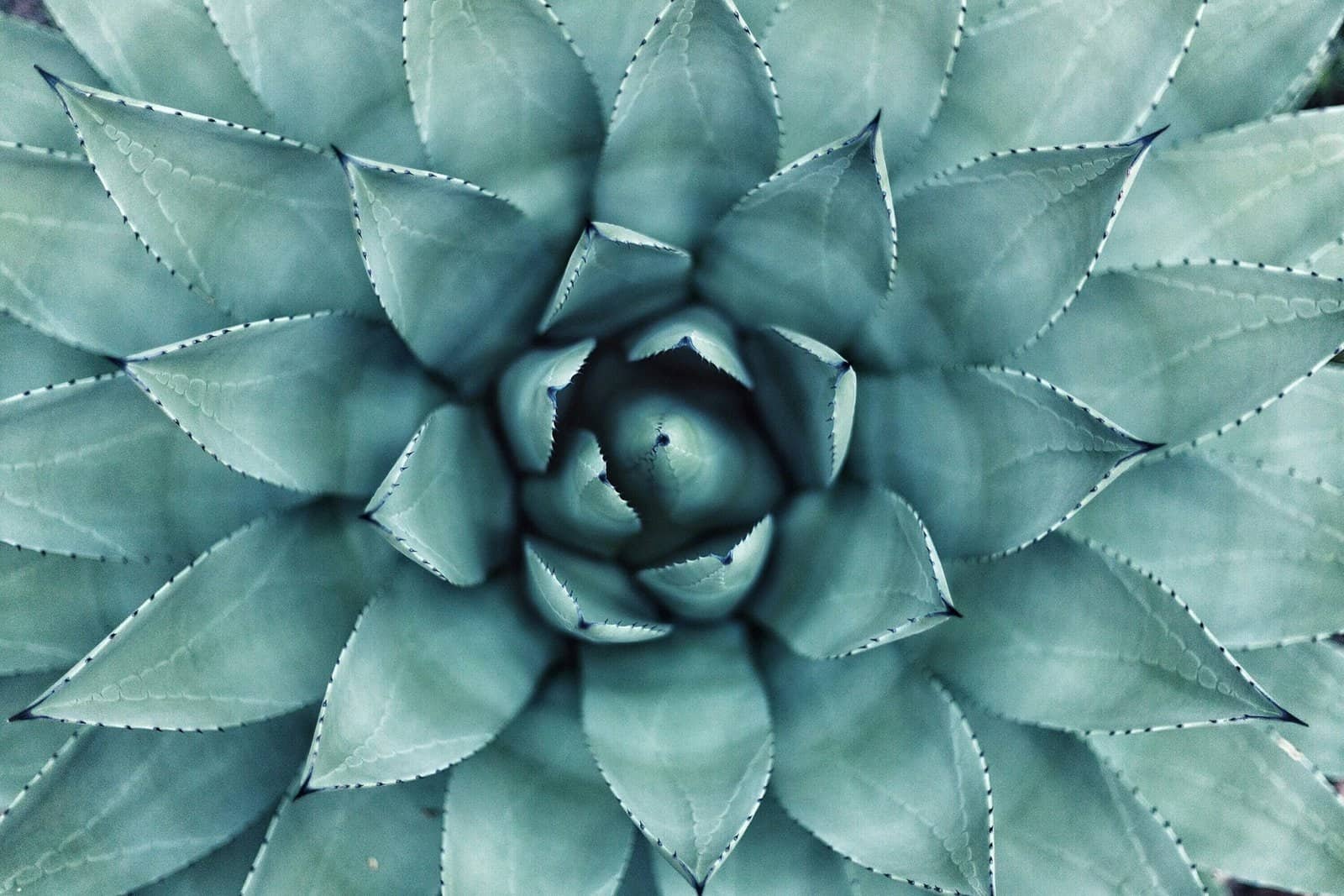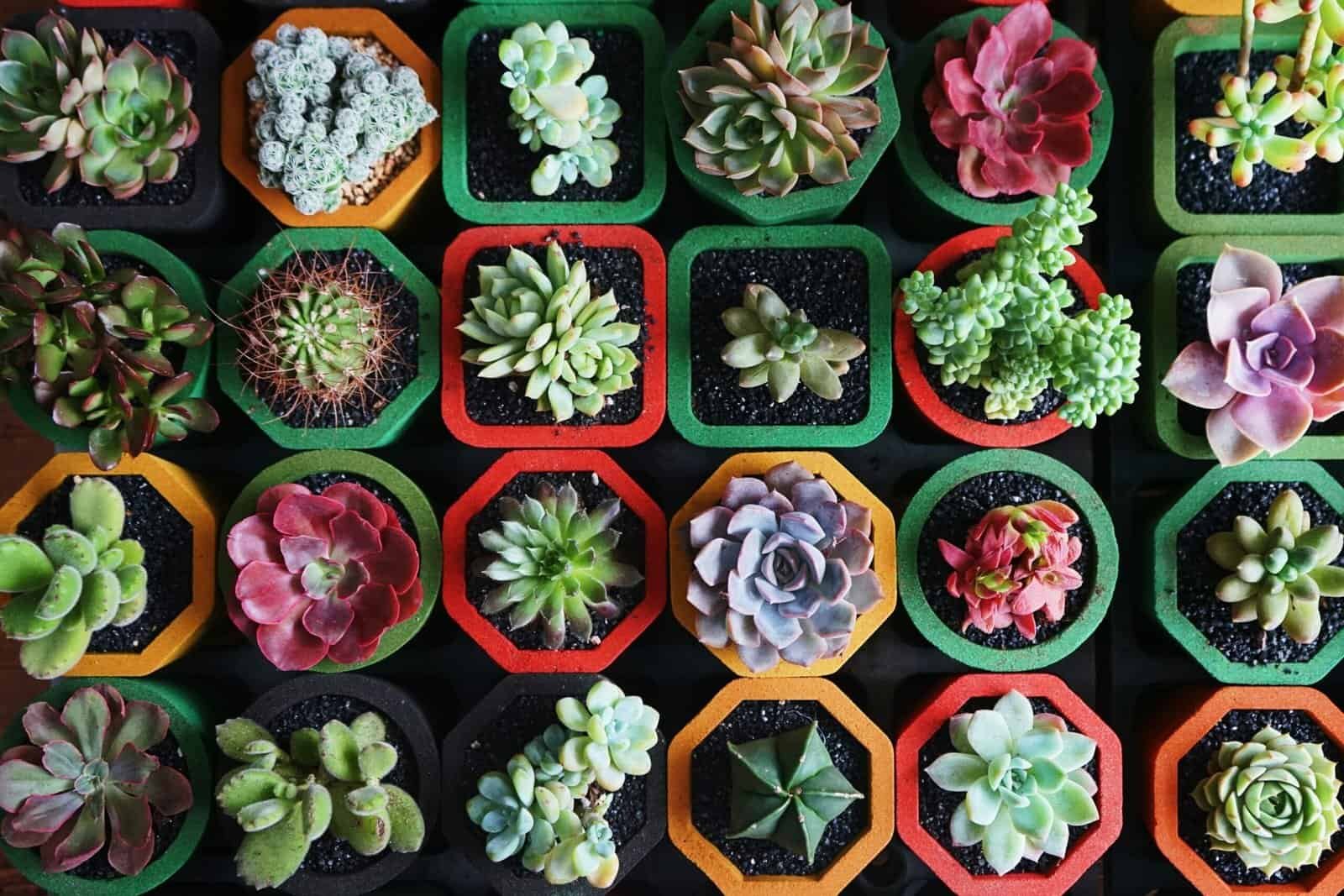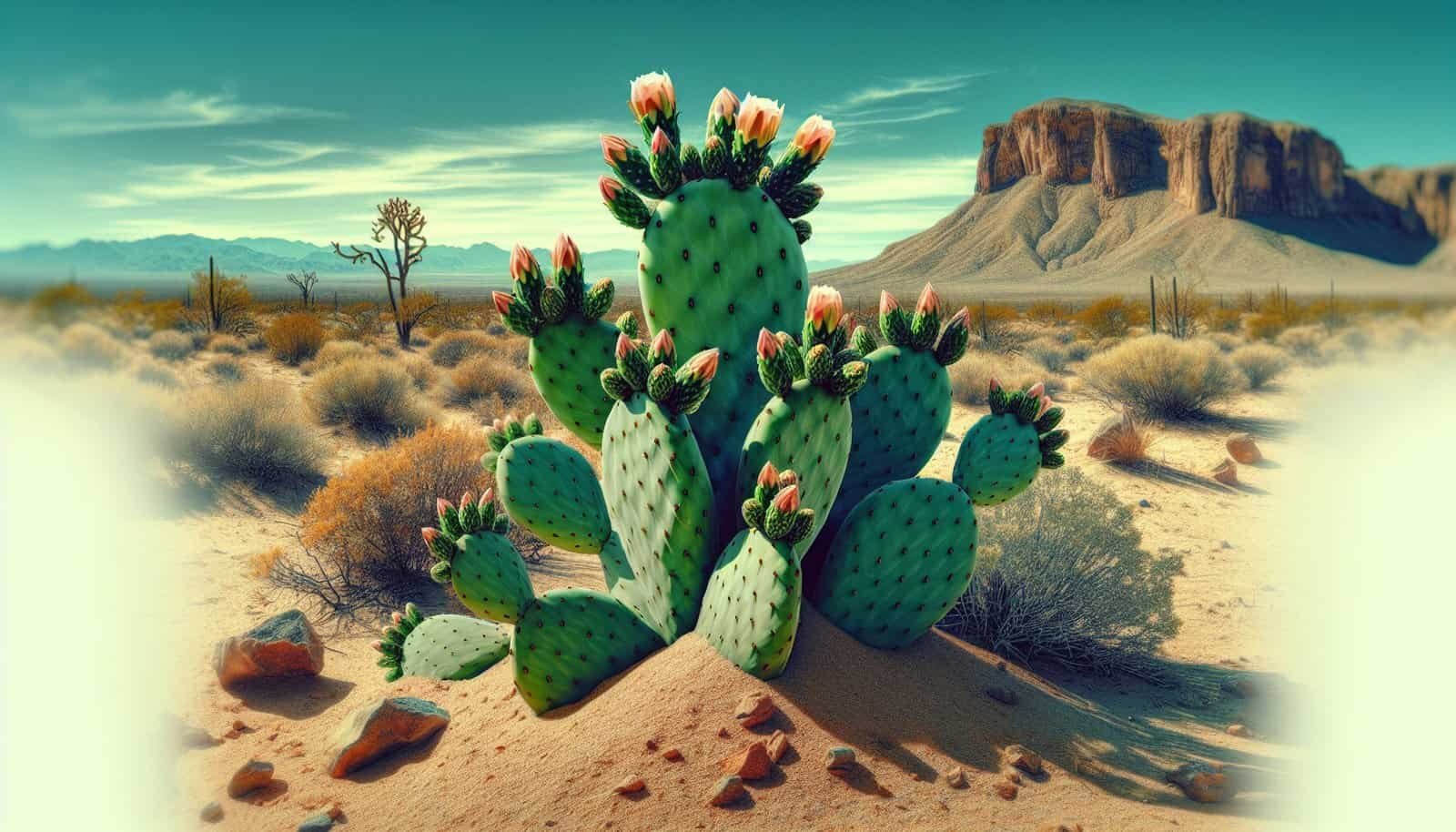Do you find yourself curious about how to grow a Nopal cactus even when the soil around you doesn’t seem favorable? The resilient Nopal cactus, also known as the Prickly Pear, is not only a delightful plant to observe, but it also holds numerous uses, from culinary to medicinal. Contrary to what you might think, nurturing this hardy plant is entirely possible, even if your garden’s soil seems less than ideal.
Embracing a journey into cactus gardening means appreciating resilience and learning how nature can adapt and thrive against odds. You might be surprised at how a little bit of knowledge and some tailored care can transform a patch of poor soil into a veritable haven for Nopal cacti. Let’s walk through understanding the Nopal itself, why it’s an excellent choice for challenging garden conditions, and some tips and tricks you can apply to ensure its growth and health.
Understanding the Nopal Cactus
What Makes the Nopal Cactus Unique?
The Nopal cactus, a member of the Opuntia genus, is renowned for its ability to thrive in environments that would stunt or kill most other plants. Originating from Mexico, this cactus has spread throughout various parts of the world, adapting to different climates and conditions, making it a favorite among gardening enthusiasts. Its flat, fleshy pads, which function for both water conservation and photosynthesis, are covered in small, sharp spines, known as glochids. Beyond its unique appearance, Nopal cacti are cherished for their edible pads and fruits, as well as their drought resistance qualities.
Significance and Benefits
The Nopal cactus provides a multitude of benefits beyond its striking appearance. In the culinary world, its pads (nopales) and fruit (tunas) are popular in dishes for their taste and nutritional value. Rich in fiber, vitamins, and antioxidants, this cactus offers health benefits like aiding digestion and possibly helping to reduce cholesterol levels. Culturally, it holds significant culinary and medicinal roles in Mexican tradition, which continue to gain recognition worldwide. For gardeners, its robustness and ability to flourish in poor soil make it both a practical and beautiful addition to landscapes.
Preparing for Planting Nopal Cacti
Assessing Soil Conditions
You might be wondering how to gauge if your soil is truly poor. Generally, poor soil is characterized by its lack of essential nutrients, inadequate drainage, compact structure, or extreme pH levels. Conducting a simple soil test can provide you insight into the pH level and nutrient content, allowing you to understand how best to amend it if necessary. The Nopal cactus, while highly adaptable, still appreciates soil that enables adequate drainage and doesn’t impede its roots’ access to air, water, or vital nutrients.
Basic Requirements for Nopal Cactus Growth
Despite its hardiness, the Nopal cactus thrives optimally under certain conditions. Ideally, it requires a sunny location, as sunlight is essential for its growth and flowering phases. While it can tolerate a range of temperatures, extended exposure to frost can damage this plant, so it’s essential to consider ways to protect it in colder climates. Its capacity to withstand drought does not mean it can survive without water entirely—occasional watering, especially during the growing season, supports health and productivity.
Choosing the Right Tools and Equipment
Before you begin planting your Nopal cactus, gather the right tools to make your task smoother. A good pair of gardening gloves is crucial to protect your hands from the Nopal’s spines. Using a sharp, clean knife or shears, you can cut pads for planting and pruning. A hoe or spade assist in preparing the soil, while a small watering can or hose ensures your plant gets the water it needs without over-saturating the ground. Keeping these tools at hand simplifies the planting process significantly.

Planting Nopal Cactus in Poor Soil
Choosing the Right Spot
Selecting the right spot involves finding an area that provides the necessary sunlight exposure and drainage capability. Preferably, a south-facing spot can offer extensive light and warmth. If your chosen area has poor drainage, consider creating a raised bed or adding materials like sand, gravel, or perlite to improve water flow and root access. By prioritizing these factors, your Nopal cactus will have a strong start in its new environment.
Steps for Planting Nopal Cacti Pads
Planting Nopal cactus generally starts with pads, as they propagate well from cuttings. Begin by gently cutting a healthy pad from a mature cactus with sterilized tools to prevent disease transmission. Allow the cut pad to dry and heal for a few days until a callus forms over the cut edge. This step prevents rot when the pad is placed into the soil. Dig a shallow hole where you want your cactus to grow, so about one-third of the pad is buried. Pat the earth firmly around it to ensure stability, and water lightly to settle the soil.
| Step | Action |
|---|---|
| 1 | Cut a healthy pad from a mature cactus with sterilized tools. |
| 2 | Let the cut pad heal and form a callus over a few days. |
| 3 | Dig a shallow hole for the pad, about one-third its depth. |
| 4 | Place the pad into the hole and firm the surrounding soil. |
| 5 | Water lightly to settle the soil around the pad. |
Watering and Initial Aftercare
After planting, initial care plays a pivotal role in helping your Nopal cactus establish roots. Overwatering is a common mistake, especially with cacti, as it can lead to root rot. Instead, introduce a gentle watering schedule, allowing the top inch of soil to dry out between waterings. As the cactus begins to grow and establish itself, usually within a few weeks, you can reduce the frequency of watering, especially in humid or rainy seasons.
Enhancing Soil for Better Growth
Amending Poor Soil
While Nopal cacti can tolerate less-than-ideal soil, providing some amendments can boost growth and health. Incorporating organic matter such as compost or well-rotted manure enhances soil structure, increases nutrient availability, and aids moisture retention without waterlogging the roots. When dealing with clay-heavy soil, adding sand or fine gravel improves drainage, preventing issues that arise from water retention.
Adjusting pH Levels
Most cacti, including the Nopal, thrive in slightly acidic to neutral soil. If your soil’s pH is not within this range, adjusting it can enhance growth conditions. To raise soil pH, consider adding lime, while sulfur can be used to lower it. Testing soil periodically ensures that pH levels remain conducive to your cactus’s needs, supporting its long-term health and productivity.
Fertilization Tips
While the ability of the Nopal cactus to grow in nutrient-poor soil is impressive, a modest fertilization regimen can promote robust growth and an abundance of fruiting and flowering. Choose a balanced, low-nitrogen fertilizer specifically designed for cacti and succulents, as too much nitrogen encourages excessive growth at the expense of flowering and fruiting. Applying fertilizer during the growing season, typically spring and summer, can energize your cactus, while discontinuing during the dormant periods allows it to rest naturally.

Maintaining Your Nopal Cactus
Pruning for Health and Productivity
Pruning is an essential practice for managing size, shape, and overall health. Regularly removing damaged or disease-infected pads prevents spreading and encourages healthy new growth. Controlled pruning also stimulates flowering and fruiting, letting you enjoy the full range of benefits that a robust Nopal cactus offers.
Managing Pests and Diseases
While Nopal cacti are generally hardy, they are not immune to pests and diseases. Common issues include scale insects, mealybugs, and fungal infections. Fortunately, managing these challenges is relatively straightforward. Regular inspections help catch infestations early, and treatment options range from neem oil applications to using rubbing alcohol on affected areas. Ensuring correct watering practices can also reduce disease risk by avoiding excess moisture around the plant’s base.
Preparing for Seasonal Changes
As seasons change, so do the needs of your Nopal cactus. While they flourish in the sun, protection from excessively low temperatures becomes necessary in colder climates. Using frost cloths or moving plants to a more sheltered location can mitigate cold damage. Conversely, during exceptionally hot periods, ensure sufficient hydration to support the cactus through increased evaporation.
Reaping the Benefits of Your Harvest
Harvesting Nopales and Fruit
Once established, your Nopal cactus will produce pads and fruits ready for harvest. For pads, select new, tender growth, typically during the spring and early summer, using gloves to protect your hands. These pads are perfect for culinary uses, offering a tangy, lemony flavor. The fruits, which ripen in mid to late summer, boast a sweet taste and can be harvested when fully colored and slightly soft to the touch.
Culinary Uses
The food potential of the Nopal cactus is vast. Nopales can be consumed raw in salads or cooked in a variety of dishes, like stir-fries, omelets, or even tacos. They offer a succulent texture and are a staple in Mexican cuisine. The tunas, or fruits, can be used fresh in fruit salads, made into jams and jellies, or enjoyed as a refreshing juice.
Health Benefits
Incorporating Nopal cactus into your diet can provide numerous health benefits. Its high fiber content aids digestion and helps maintain blood sugar levels. The antioxidants found in the fruit are known to have anti-inflammatory properties, which can support overall well-being. Whether you’re seeking to diversify your diet or harness these health benefits, the Nopal cactus offers versatile options that can easily fit into various culinary traditions.

Embracing Sustainable Practices
Water Conservation Techniques
Growing a Nopal cactus offers lessons in water conservation. Its natural adaptations provide insights into minimizing water use while maximizing plant health. Implementing techniques like mulching reduces evaporation and maintains moisture levels. Rainwater harvesting systems can also provide eco-friendly hydration to further support sustainability.
Waste Reduction and Composting
Sustainability goes hand-in-hand with waste reduction. Utilizing garden waste in composting not only diminishes waste but also enriches soil health, supporting a more sustainable planting approach. This practice feeds your soil, cuts down on waste, and enriches your garden ecosystem.
Supporting Local Ecosystems
Beyond personal benefits, growing Nopal cacti contributes positively to local biodiversity. Their flowers attract pollinators like bees and butterflies, while their hardy presence can serve as a habitat for small wildlife. By planting and maintaining Nopal cacti, you actively contribute to the ecological balance in your area, creating a positive impact beyond your garden fence.
In conclusion, with a little preparation and understanding, you can successfully grow Nopal cacti in less-than-ideal soil conditions. By embracing sustainable practices and leveraging the natural resilience of these remarkable plants, you’re set to enjoy a flourishing cactus garden that not only beautifies your space but also provides culinary delights and health benefits. Step by step, with care and curiosity, you’ll see just how adaptable and rewarding Nopal cultivation can truly be.

